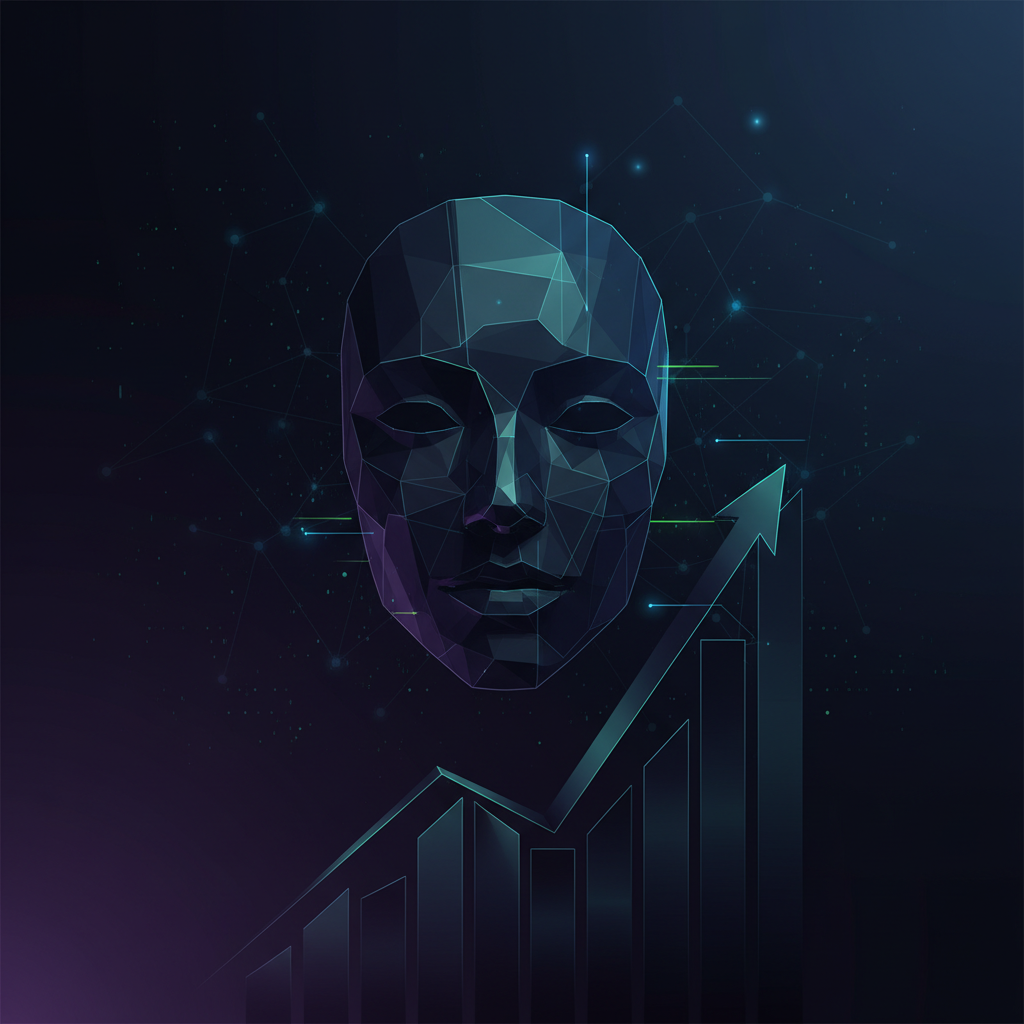Deepfake Detection Market to Reach $9.56B by 2031
The deepfake AI detection market is projected to grow to $9.56 billion by 2031, reflecting urgent demand for authentication technologies.

The deepfake detection industry is experiencing explosive growth, with market projections showing it will reach $9.56 billion by 2031, according to new research from Kings Research. This dramatic expansion reflects the mounting urgency for sophisticated authentication technologies as synthetic media becomes increasingly indistinguishable from authentic content.
The rapid market growth underscores a fundamental shift in how organizations approach digital authenticity. As deepfake technology advances at breakneck speed, powered by increasingly accessible AI tools and computational resources, the detection industry must evolve even faster to maintain the integrity of digital communications.
Driving Forces Behind Market Expansion
Several converging factors are propelling this market surge. The proliferation of generative AI models has democratized synthetic media creation, making it possible for anyone with basic technical knowledge to produce convincing deepfakes. Simultaneously, high-profile incidents of deepfake fraud, political manipulation, and corporate espionage have heightened awareness of the technology's risks.
Financial institutions are emerging as major investors in detection capabilities, driven by sophisticated voice cloning attacks that have already cost businesses millions. A single deepfake voice call recently led to a $25 million fraud loss for a multinational corporation, illustrating the immediate financial imperative for robust detection systems.
Technical Evolution of Detection Methods
The detection market's growth reflects significant technical advances in authentication methodologies. Current approaches combine multiple detection strategies, including biometric analysis that examines subtle physiological patterns impossible to perfectly replicate, temporal consistency checking that identifies anomalies in movement patterns, and blockchain-based provenance tracking that creates immutable records of content authenticity.
Machine learning models specifically trained to identify synthetic artifacts are becoming increasingly sophisticated, employing adversarial training techniques where detection systems continuously evolve alongside generation methods. This arms race between creation and detection technologies drives continuous innovation on both sides.
Market Segmentation and Applications
The $9.56 billion market encompasses diverse sectors and applications. Media and entertainment companies require real-time detection for user-generated content platforms. Government agencies need forensic-grade analysis tools for criminal investigations and national security. Educational institutions are investing in detection to maintain academic integrity as AI-generated content proliferates.
Healthcare represents an emerging segment, where deepfake detection protects against fraudulent telemedicine consultations and ensures the authenticity of medical imaging data. The legal sector increasingly requires certified detection services for evidence authentication in court proceedings.
Challenges and Future Outlook
Despite robust growth projections, the detection market faces significant challenges. The computational cost of running sophisticated detection algorithms at scale remains prohibitive for many organizations. False positive rates must be minimized to prevent legitimate content from being incorrectly flagged, while maintaining sensitivity to actual deepfakes.
Standardization represents another critical challenge. The industry lacks unified benchmarks for detection accuracy, making it difficult for buyers to evaluate competing solutions. Initiatives like the Content Authenticity Initiative are working to establish industry-wide standards, but adoption remains fragmented.
Looking ahead, the market's trajectory will likely accelerate as regulatory frameworks mandate detection capabilities for certain industries. The European Union's AI Act and similar legislation worldwide will create compliance-driven demand for authentication technologies. As deepfake generation becomes more sophisticated, the detection market must innovate continuously to maintain effectiveness, driving sustained investment and growth through 2031 and beyond.
Stay informed on AI video and digital authenticity. Follow Skrew AI News.



